Olympic athlete Lanny Barnes gives you one important tip on how to be a more accurate shooter under stress. She ought to know, since she competed on the US Biathlon team and now, competes regularly in shooting competitions nationally. She also, hunts, and finds that her advice definitely applies to buck fever situations.
Sponsored by Fiocchi
When you read that, could you hear the words in your head? Could you almost feel the emotions and the tension you feel when you toe the line and get ready to start a stage? This is a physiological response known as the fight or flight.
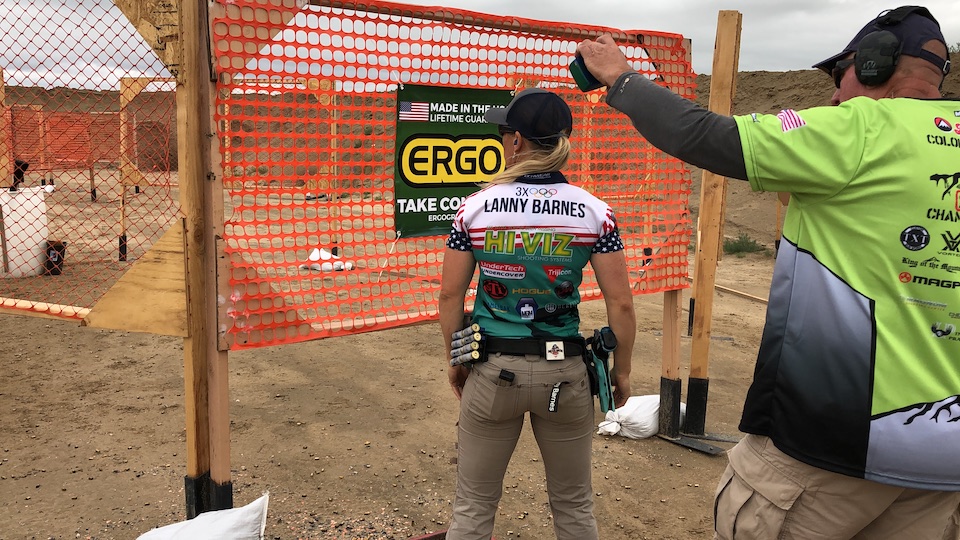
The nervousness, the excitement, the emotions and the adrenaline we feel during competition is, of course, a tamed-down version of what you’d experience if your life were in danger, but the response is nonetheless the same. Your body activates the nervous system, releases hormones and this affects your body and mind. You’ll likely experience an increased heart rate, increased breathing rate, higher blood pressure, dilation of the pupils and tense muscles, etc. Controlling these responses will help you to maintain your focus, make better decisions and reduce your barrel movement from shaky or tense muscles, making you a more accurate shooter under stress.
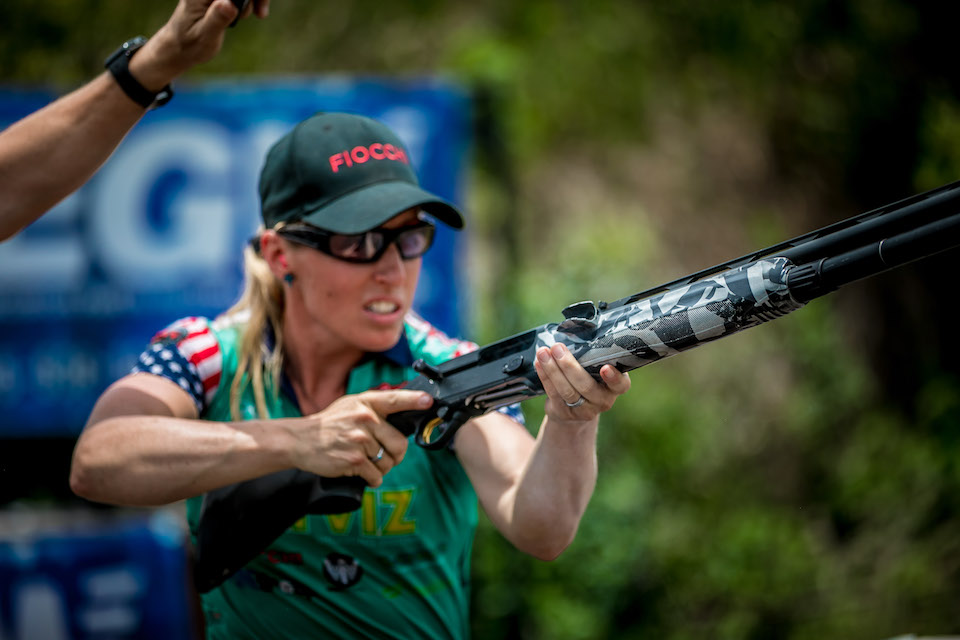
When we are hunting or competing, we are usually faced with an increased heart rate and breath rate from adrenaline, physical exertion, or both. There is one thing that we, as humans, will never be able to control — and that is heart rate. Sure, Zen masters, snipers and Olympic biathletes can slow their heart rates down a little, based off years and years of training and mental and physical preparation, but the average shooter is not going to have the time or patience to learn this unique skill.
So, what can you do? Focus on something you can control – your breathing rate.
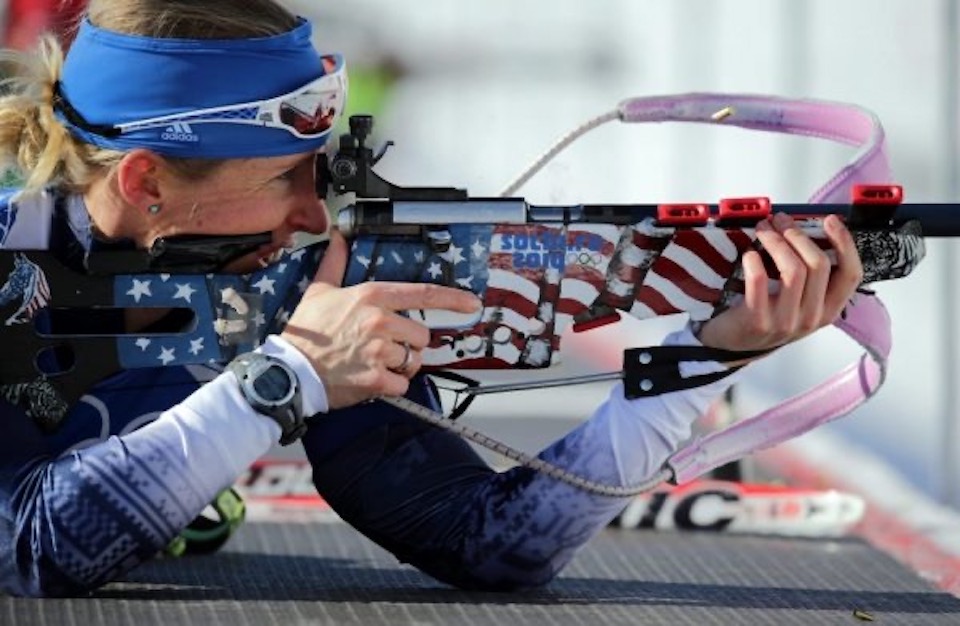
There are several different techniques you can use to help control your breathing and thus reduce barrel movement and become a more accurate shooter.
One technique is belly breathing. Belly breathing is accomplished by inhaling and having your breath go down through your diaphragm into your belly. If you watch a baby breathe while on his or her back, you’ll see the belly rise and fall. At some point, through growth and development (and likely stress), we as adults tend to breath mostly through our chest.
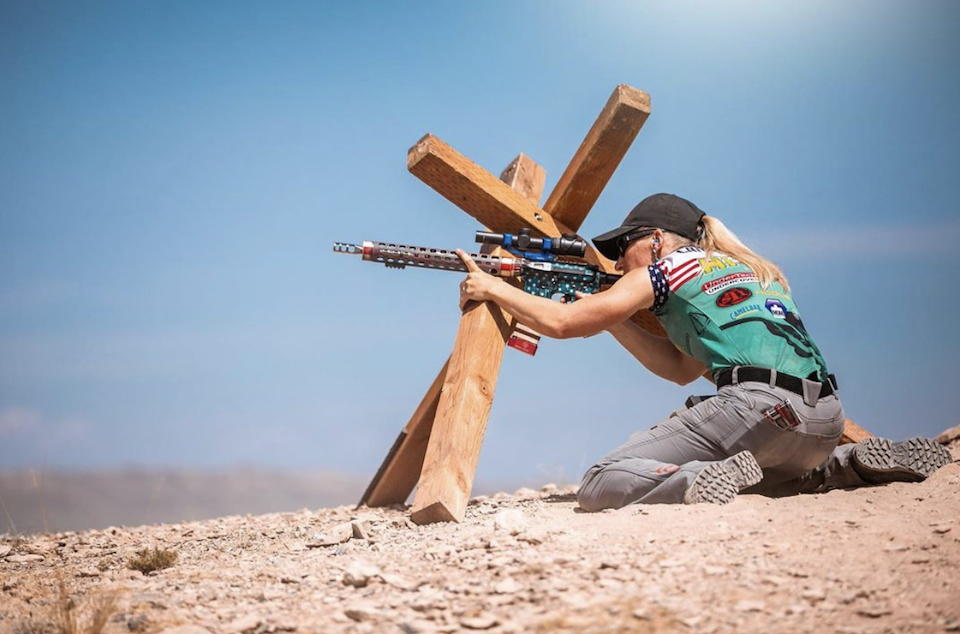
Try this drill: with an unloaded handgun, get on target and take five big deep breaths as you normally would. Watch the sight and how it moves up and down on the target as you inhale and exhale. You breathe in, your shoulders rise; you breathe out, they fall. Your sights make a vertical line on the target as you breathe through your chest. Now, focus on pushing that breath down through your diaphragm into your belly. You’ll want your belly to expand and contract with each breath. Try holding your hand on your belly first to see that you belly is expanding and contracting with each breath. Now, try five big deep breaths through your belly while on target. If done properly, you won’t see the vertical movement of the sights. Your shoulders won’t be rising and falling with each breath. Instead, your breath will be going in and out through your belly.
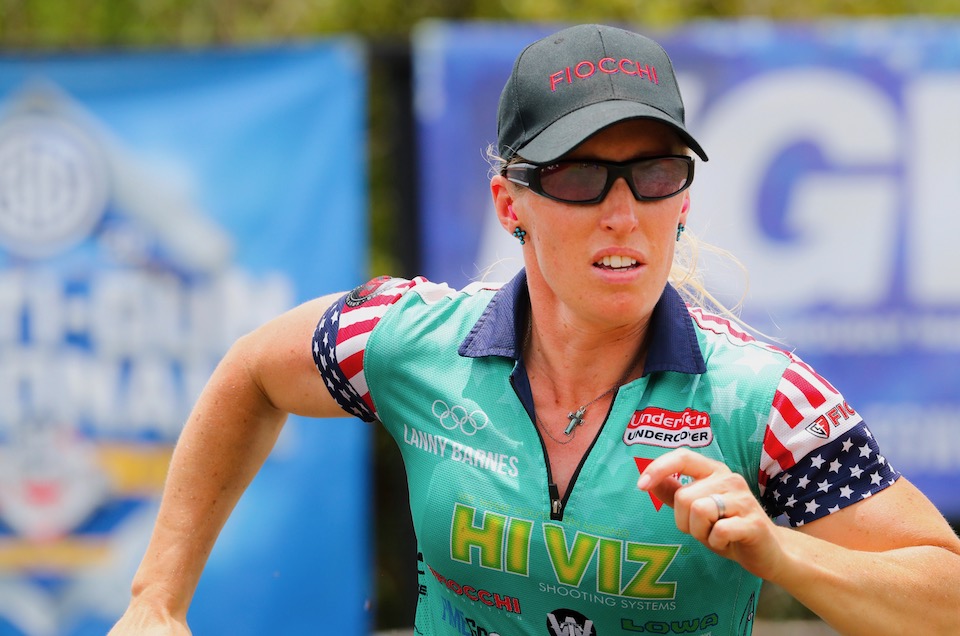
What does this accomplish? The obvious accomplishment is that this technique significantly reduces barrel movement. Without your shoulders rising and falling, your handgun/sights aren’t making a huge shift every time you breathe. Secondly, you are getting more oxygen with every breath. Breathing down into your belly through your diaphragm means you’re filling a much larger space than just the chest. More oxygen means better decision-making, a clearer sight picture and more oxygen to your muscles and particularly, your eyes.
Under stress, this is a super important technique to develop as your breathing rate becomes elevated and your muscles become more tense. Breathing is a natural muscle relaxant, so developing a habit of proper belly breathing can be very impactful on your performance while shooting under stress. Breathing can also help to reduce your heart rate. And this is why we focus on the breathing, it’s something we can control and it’s something that will have a positive impact on a number of different things that affect our accuracy.
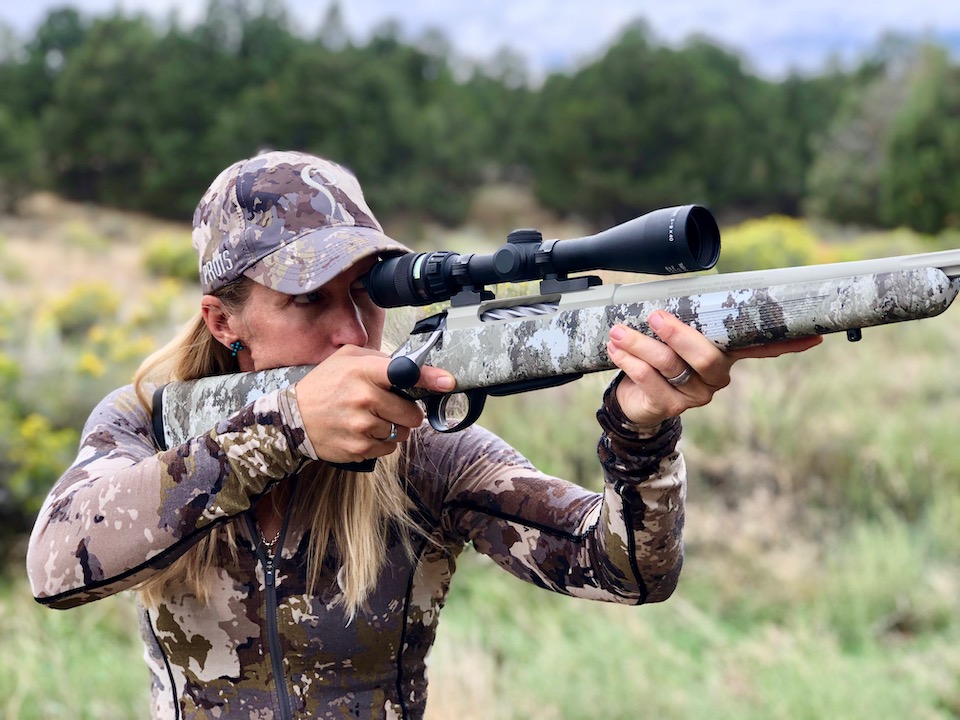
When learning this technique, you may find that you’ll have to consciously practice breathing through your belly. Remember that while breathing is a subconscious task, we’ve developed the bad habit of breathing through our chest (especially under stress), so we’ll need to retrain the body and mind to breathe through our bellies. We’ll be more relaxed, more focused and more ready for the task with just a simple shift in our breathing technique. Give it a try and let us know what you think. We like to keep it simple and make small changes in our shooting that have a big impact. Who knew such a small thing would help in so many ways?
Lanny Barnes is a three-time Olympian in Biathlon, as well as a National & World Champion in several shooting disciplines. She is currently teaching courses to military, law enforcement and competitive shooters on physiological and psychological aspects of shooting and is the director of Commercial Sales for HIVIZ Sights. Lanny and her twin sister spend much of their free time traveling around to schools, 4-H clubs, Boys & Girls Clubs, etc., talking to them about following their dreams, setting goals, and leading a healthy active lifestyle. Taking wounded vets and terminally ill kids on hunts through Freedom Hunters and OE4A is also one of Lanny's passions. View all posts by Lanny Barnes